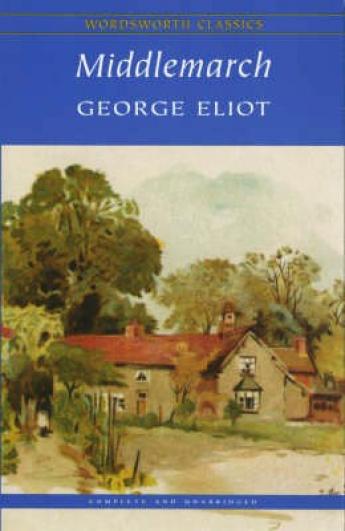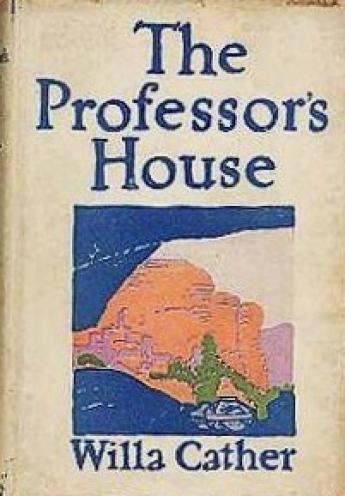Tip
Collecting Rare Books and First Editions: It's Purely Academic at The Private Library

By L. D. Mitchell
Now it is the autumn again; the people are all coming back. The recess of summer is over, when holidays are taken, newspapers shrink, history itself seems momentarily to falter and stop. But the papers are thickening and filling again; things seem to be happening; back from Corfu and Sète, Positano and Leningrad, the people are parking their cars and campers in their drives and opening their diaries, and calling up other people on the telephone ... The new autumn colours are in the boutiques; there is now on the market a fresh intra-uterine device, reckoned to be ninety-nine per cent safe. Everywhere there are new developments, new indignities; the intelligent people survey the autumn world, and liberal and radical hackles rise, and fresh faces are about, and the sun shines fitfully, and the telephones ring....
Malcolm Bradbury, The History Man
Anyone who reads much so-called academic fiction may be forgiven for thinking that some of the folks teaching our sons and daughters are, for the most part, a bunch of narcissistic, neurotic misfits (Malcolm Bradbury: The History Man; Elain Showalter: Faculty Towers).
Although the rise of this fictional genre began in earnest in the mid 1950s, its roots can be traced as far back as Anthony Trollope's 1857 novel of provincial Anglican preferment, Barchester Towers, and - more to the point - George Eliot's Middlemarch (1872).
In a 2005 article for The Guardian (excerpted and edited from her book Faculty Towers) famed feminist critic Elaine Showalter calls Middlemarch “the canonical book of my academic life, the most eloquent of academic tragedies”, then adds a number of other titles to her academic fiction must-read list: Willa Cather's The Professor's House (1925); Dorothy Sayers' Gaudy Night (1936); C. P. Snow's The Masters (1951); A. S. Byatt's Possession (1990); Donna Tartt's The Secret History(1992) …
Showalter suggests a number of reasons for the continuing popularity of the genre. For older academics, “[i]n an era before there were handbooks, self-help guides, or advice columns for graduate students and junior faculty in specialist publications, [academic fiction] taught [them] how a proper professor should speak, behave, dress, think, write, love, succeed, or fail”.
For both "regular" readers and academic types, Showalter observes (quoting Steven Connor) that academic fiction's two basic plots are a source of comfort to many readers who are trying to make sense of the world around them and their place in it: “ one [plot] concerns the disruption of a closed world, and the gradual return of order and regularity to it, while the other concerns the passage through this closed world of a character who must in the end be allowed to escape its gravitational pull.” (Mary McCarthy: The Groves of Academe; Richard Russo: Straight Man).
A good bit of academic fiction is openly satirical, a coping mechanism, perhaps, for the pettiness and other frustrations that academics deal with on a daily basis (Jane Smiley: MOO; Barbara Pym: Less Than Angels).
Interestingly enough, virtually all academic fiction is set in universities.
This, despite the fact that the world's largest system of higher education is actually a community college system.
Someone should do something about that ...
The tip was published in The Private Library and is presented here by permission of the author.


